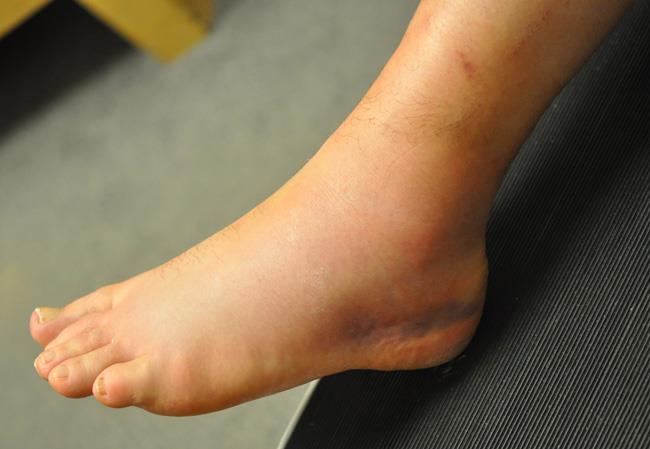
How you sprained your ankle
When you’re playing sporting activities, many ankle sprains take place. This is particularly real for physical activities where there’s a great deal of leaping or a likelihood of stepping on a person’s foot. Those consist of:
- Basketball
- Soccer
- Volleyball
Yet it’s additionally equally as simple to sprain your ankle by stepping off a curb the inappropriately or taking a walk on the coastline. If you’ve had one in the past, you might have a greater opportunity for an ankle sprain. If you have weak muscular tissues along the exterior of the ankles, it’s additionally more likely. Also, genes can contribute. It’s much easier to turn your ankle and placed stress on the ligament if your heel naturally turns more inward.
Using RICE to limit damage to your ankle
- You may need to make use of walking aids up until you can walk with no discomfort.
- For a minimum of the initial 24 to 72 hours or till the swelling goes down, apply a cold pack for 10 to 20 minutes every hour or two throughout the day. Constantly keep a thin cloth between the ice and your skin, and push the cold pack firmly against all the contours of the affected area.
- An elastic compression wrap, such as an ACE bandage, will help reduce swelling. You use it for the initial 24 to 36 hours. Compression wraps do not provide security. So you additionally require a brace to safeguard your ankle if you try to put weight on it.
- If possible, elevate your ankle above the degree of your heart for 2 to 3 hours a day. This aids to decrease bruising and swelling.
You may want to take an over the counter discomfort reliever such as ibuprofen or naproxen to lower discomfort and swelling if you are not taking any prescription pain relievers. However, these measures merely help to cope with pain and limit further damage to your ankle. As such, you should still seek sprained ankle treatment from a qualified physiotherapist.
Physiotherapists are trained to assess your ankle, devise plans for strengthening it and ensuring a full recovery. As such, with their help, you can resume your daily activities in as quick a fashion as possible.
Using hydrotherapy to build strength in your ankle
Hydrotherapy is used to deal with rheumatological, orthopaedic and neurological afflictions. It is carried out in a shallow swimming pool with a temperature near to body heat. Under the instruction of a physiotherapist, the patient does exercises in water.
The resistance and aid of water without gravity enables joints and muscular tissues to move with minimal anxiety. This can enhance breathing and blood circulation, alleviate pain, improve joint movements, strengthen muscle mass and encourage a feeling of general health and wellbeing.